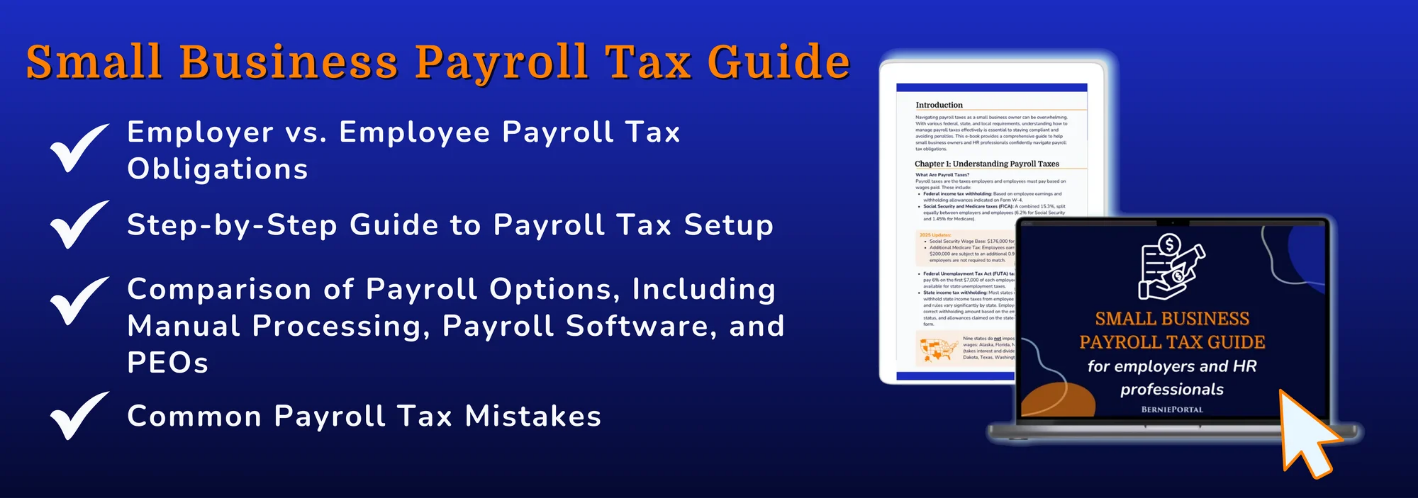Written by
Will Miranne
Will is an aPHR-certified writer on the marketing team at BerniePortal. He writes about healthcare, human resources, and benefits.
How to Handle Employee Pay Cuts, Layoffs & Furloughs During Economic Uncertainty

Economic uncertainty—whether driven by inflation, recession, or global disruption—often forces businesses to make difficult staffing decisions. For HR professionals, that may mean navigating pay cuts, furloughs, or layoffs to reduce costs and keep operations afloat.
These decisions are never easy and can have a lasting impact on morale, retention, and your employer brand. But with a thoughtful strategy and clear communication, HR can guide their organization through change while maintaining trust.
Here’s a practical guide to help you understand your options and communicate them effectively.
When Do Employers Consider Pay Cuts?
The U.S. Department of Labor explains that employers are allowed to make a bona fide reduction of an exempt employee's salary "during a business or economic slowdown" if such a reduction is not related to the "quantity or quality of work performed" and is in place for a significant period.
As we have seen throughout the COVID pandemic, there will be times when organizations must take drastic measures to survive. Should you find pay cuts to be the best option for your organization, consider being as transparent as possible. If you are at the stage in the game where you have made the difficult decision to implement pay cuts against your employees, it is courtesy to inform them of the financial situation as well as the impact it has had on the organization as a whole.
Employees will never be excited about pay cuts, and oftentimes it will be quite difficult to maintain a positive culture once they are implemented. However, being open and transparent about the state of the organization can ease some of the tension that may be left in the wake.
Layoffs vs. Furloughs: What's the Difference?
If pay cuts aren't enough to close the gap, you may need to consider reducing headcount temporarily or permanently.
Here's how layoffs and furloughs compare:

Layoffs are often a last resort when an organization can no longer afford to keep certain roles. Furloughs, on the other hand, pause employment with the intention of rehiring once business improves.
Be clear with affected employees about which option is being used, the timeline, and whether job reinstatement is possible.
Should Leadership Take Pay Cuts Too?
Yes—especially if you're asking others to make sacrifices. Senior leaders who take voluntary pay reductions during periods of financial hardship set a powerful example.
In 2020, high-profile executives at companies like Disney, Airbnb, and Marriott voluntarily reduced or forfeited their salaries. While this doesn’t solve every financial issue, it demonstrates solidarity and leadership accountability.
Benefits of executive pay cuts:
- Reinforce shared sacrifice
- Boost morale and credibility
- Free up funds for lower-level staff or business recovery
If you want to preserve your culture through crisis, start at the top.
Communicating Workplace Changes with Clarity and Compassion
When announcing pay cuts, furloughs, or layoffs, don’t rely solely on a Zoom call or vague messaging. Your communication should be:
- Detailed
- Sincere
- Written for clarity and documentation
Include the following in your communication:
- The reason for the change (economic downturn, revenue loss, etc.)
- Whether the change is temporary or permanent
- Exact salary adjustments, if applicable
- Effective dates and next steps
- Who to contact with questions (e.g., HR or benefits rep)
When laying off employees, offer:
- A written explanation they can share with future employers
- Access to reemployment resources or outplacement support
- Recommendation letters or references when appropriate
Remember: Even if an employee is leaving, they deserve a thoughtful explanation and a dignified departure.
Supporting Employees Through Pay Changes
Transparency is only one piece of the puzzle. Show employees that you're doing what you can to support them—whether through benefits education, access to unemployment resources, or simply regular check-ins.
If you're cutting pay, consider:
- Offering flexible schedules
- Introducing mental health or EAP programs
- Providing financial planning resources
Keep communication lines open. Frequent updates can reduce anxiety and help employees feel less isolated during times of change.
Written by
Will Miranne
Will is an aPHR-certified writer on the marketing team at BerniePortal. He writes about healthcare, human resources, and benefits.
Related Posts
Part-time work is becoming increasingly common in today’s workforce—especially for...
As you know, healthcare and benefits can be complicated, which can make the enrollment...
With the deadline for filing and distributing 1095-C forms approaching, staying...
A strong paid time off (PTO) policy helps retain current talent and attract prospective...








Submit a Comment